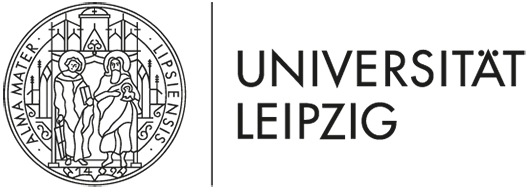K. Ebnet: Role of JAM family adhesion molecules in epithelial cell extrusion

Principal investigator
Prof. Dr. Klaus Ebnet
Center of Molecular Biology of Inflammation
Institute of Medical Biochemistry
Von-Esmarch-Straße 56
48149 Münster
Tel: +49 (0)251-83-52127 (office)
ebnetk(at)uni-muenster.de

SPP funded collaborator
Christian Hartmann
Center of Molecular Biology of Inflammation
Institute of Medical Biochemistry
Von-Esmarch-Straße 56
48149 Münster
Tel: +49 (0)251-8352108 (office)
c_hart11(at)uni-muenster.de
Summary
Epithelial tissues line the body and organ surfaces and form the boundaries between the internal and external environment of multicellular organisms. Certain epithelia such as the stratified epithelium of the skin or the simple epithelia lining the luminal surface of the gut or of the lung are constantly exposed to environmental factors of physical, chemical, or biological nature (e.g. UV-light, toxins, or pathogens), imposing the risk of alterations in the genome which could ultimately lead to cancerous growth. One mechanism that has probably evolved to prevent the accumulation of genome alterations during aging is to replace aged cells by new cells. During this process called Cell Turnover, terminally differentiated cells are replaced by cells newly formed from adult stem cells. The rate of cell turnover is particularly high in epithelia facing the exterior, such as those of the skin or those lining the small intestine. Cell turnover is achieved by a process called Cell Extrusion, during which cells - either living or apoptotic - are expelled from the epithelial layer. Cell extrusion must be a tightly regulated process since failure of extrusion, or extrusion in the wrong (i.e. basal) direction, could lead to cancerous growth and metastasis. The molecular mechanisms that regulate cell extrusion are poorly understood. It is very likely that cell adhesion molecules at the junctions between the extruded cell and its neighbours are directly involved in cell extrusion. Our interest is focused on a family of cell adhesion molecules, the Junctional Adhesion Molecules (JAMs). Several JAMs are localized at epithelial cell-cell junctions, and some JAMs are enriched at the tight junctions. In previous studies we have identified a diverse range of functions for JAMs, for example a role in the regulation of cell-cell contact and tight junction formation, the regulation of cell polarity, and the regulation of mitotic spindle orientation. In this project, we investigate the role of JAMs during epithelial cell extrusion. The specific objectives of this proposal are: (1) identify JAM family members which regulate epithelial cell extrusion; (2) identify binding partners for JAMs through which JAMs could regulate epithelial cell extrusion; (3) address a role for JAMs in the regulation of actomyosin contractility during epithelial cell extrusion.
Expertise
Mechanisms of cell-cell adhesion; cell adhesion-regulated processes such as cell contact formation and cellular polarization; cell polarity; protein-protein interactions, 3D culture, Live cell imaging of cultured cells


